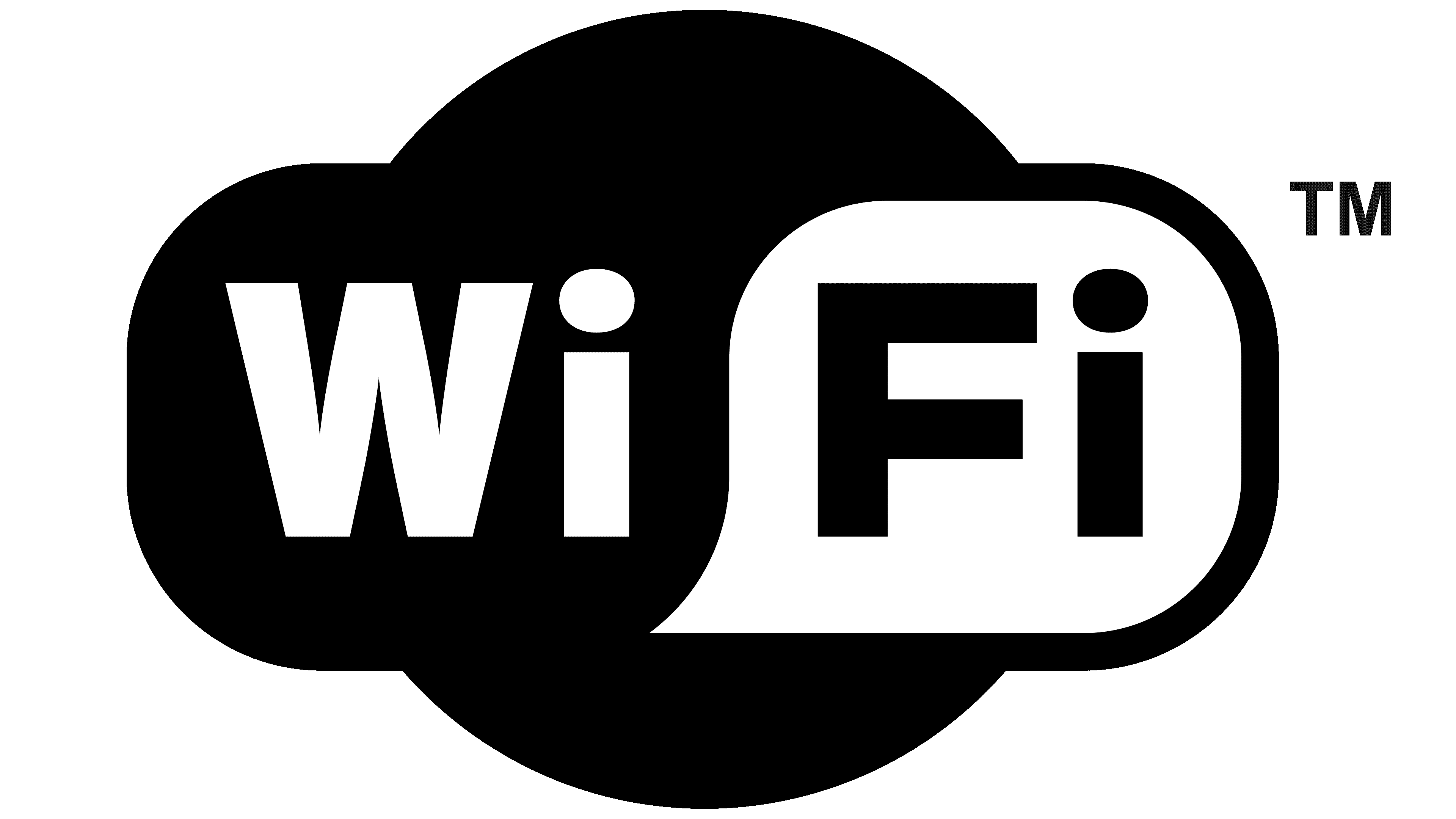WiFi Logo
Wi-Fi is a wireless networking technology allowing devices to connect to the internet without physical wires. Utilizing radio waves, it’s become a standard for internet connectivity in homes, offices, and public spaces globally. Wi-Fi’s name, although often thought to stand for “Wireless Fidelity,” doesn’t have a specific meaning. It was developed by the Wi-Fi Alliance, aiming to ensure the interoperability of wireless devices. Today, as technology evolves, we see faster Wi-Fi versions like Wi-Fi 6, ensuring better speeds and connectivity in an increasingly digital world.
Meaning and history
Wi-Fi, a staple in today’s connected world, has an intriguing history. Its foundational technology dates back to the 1940s with the development of “frequency hopping” by actress Hedy Lamarr and composer George Antheil, initially intended for World War II communications.
However, the real journey of Wi-Fi began in the 1970s with ALOHAnet, the first wireless local area network (WLAN). By the 1980s, numerous entities were working on wireless communication, but compatibility was an issue.
The 1990s were transformative. In 1997, the Institute of Electrical and Electronics Engineers (IEEE) ratified the 802.11 standard, laying the foundation for modern Wi-Fi. It promised 2 Mbps connection, which was groundbreaking at the time.
To ensure device interoperability, in 1999, the Wi-Fi Alliance, a global non-profit association, was formed. It was they who coined the term “Wi-Fi”, a play on “Hi-Fi” or “High Fidelity”. That same year, they introduced Wi-Fi certification, ensuring devices met quality and compatibility standards.
The early 2000s saw exponential Wi-Fi growth. The introduction of WPA in 2003 improved security, addressing earlier vulnerabilities. By 2009, IEEE introduced the 802.11n standard, dramatically enhancing speed and reliability.
Wi-Fi’s evolution continued with 802.11ac (Wi-Fi 5) in 2013, offering gigabit speeds. And recently, Wi-Fi 6 emerged, promising even faster speeds, greater capacity, and better performance in environments with many connected devices.
From its military roots to everyday use, Wi-Fi’s journey reflects innovation and the ever-growing need for connectivity in our digital age.
1998 – Today
Wi-Fi’s moniker came into existence a year post its inception. Drafted by the branding agency Interbrand upon Wi-Fi Alliance’s solicitation, they aimed for a title more catchy and less cumbersome than IEEE 802.11b Direct Sequence. Amongst ten proposed names, Phil Belanger, the Alliance’s pioneer, favored “Wi-Fi.”
Intriguingly, the coined term isn’t an abbreviation for Wireless Fidelity, although marketing campaigns often hinted at such a connection. This play on words subtly alludes to “High Fidelity” or “Hi-Fi”, suggesting superior quality.
Interbrand’s genius also shone in the design of the Wi-Fi emblem, drawing inspiration from the Chinese philosophy’s yin-yang – a representation of harmony and interconnectedness. The emblem portrays a dual-colored, multifaceted figure. At a cursory glance, its intricate design might seem simple, given the chosen color scheme. It features a robust circle foregrounding a split oval: one half in obsidian, mirroring the foundational hue, and the other in alabaster, standing out against its dark counterpart.
Overlaying these, the brand’s title stands out, bordered further for emphasis. This dual-tone representation is not just aesthetic. It symbolizes the omnipresent yet unseen nature of wireless connectivity, reminiscent of airwaves connecting devices. Central to the logo, the terms “Wi” & “Fi” play a role akin to the dots in the traditional yin-yang, reinforcing interconnectedness.











